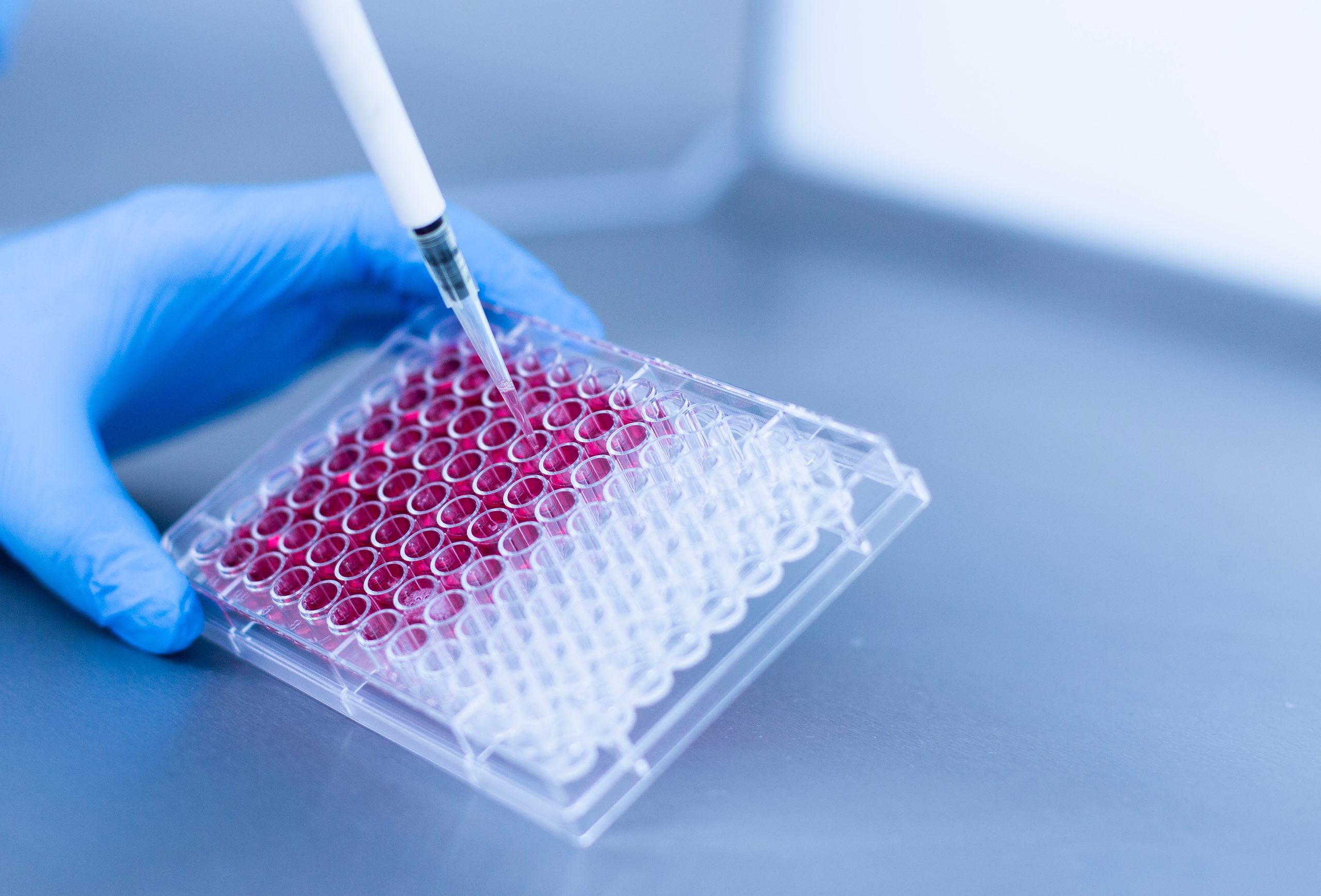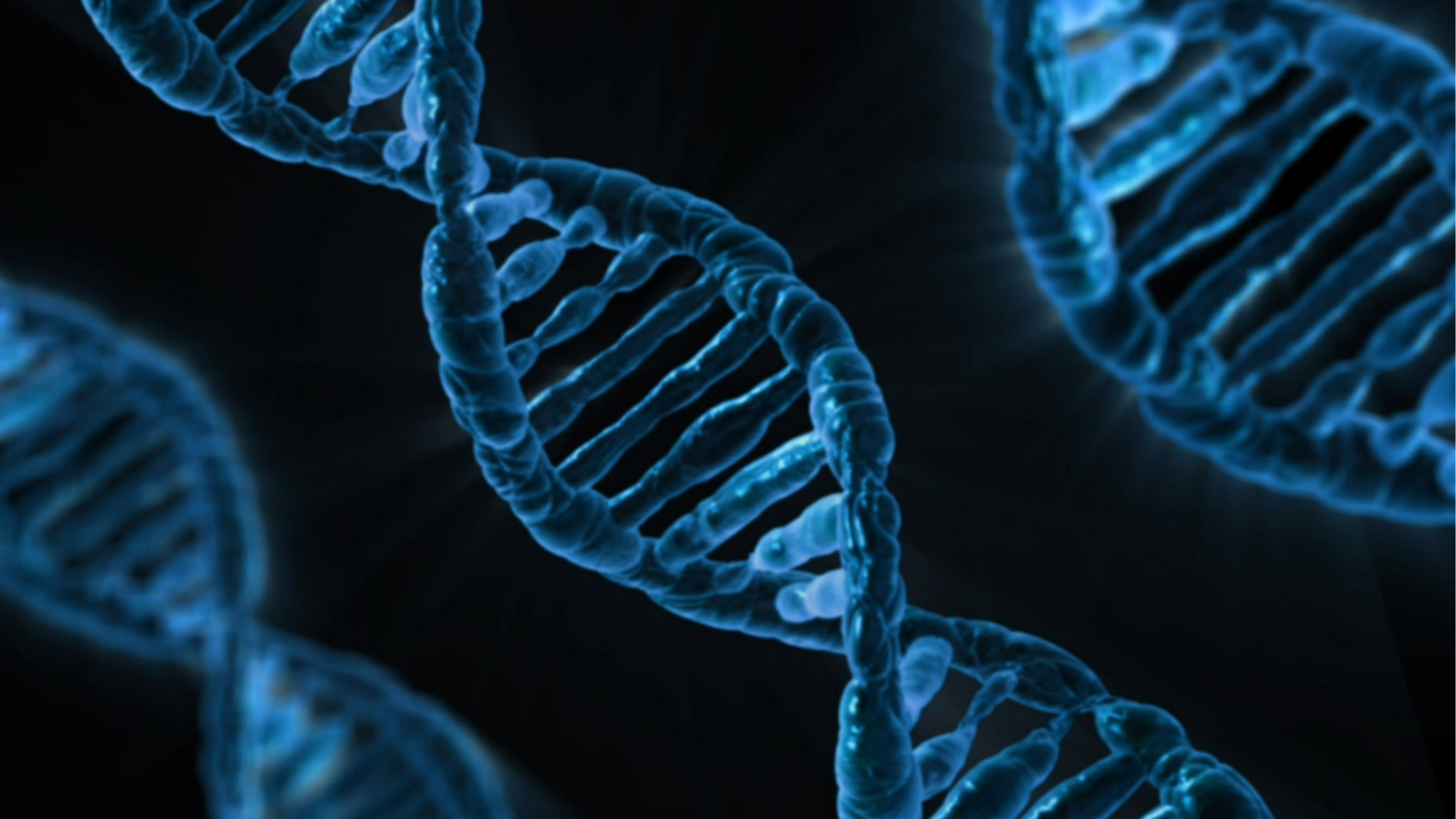How to Optimise Cell Culture Media for Biopharmaceutical Production

I. Introduction
Cell culture media are indispensable components in the production of biopharmaceuticals. These media provide the essential nutrients required for the growth, proliferation, and productivity of cells used in biopharmaceutical manufacturing. Given that the performance and yield of cell-based biopharmaceutical production are significantly influenced by the quality of cell culture media, its optimisation has become a primary focus of research in the field (Gagnon, 2011).
II. Understanding the Cell's Nutritional Requirements
The first step towards optimising cell culture media is understanding the nutritional needs of the cell lines involved. Each cell line has specific nutritional requirements and metabolic characteristics (Kilberg et al., 2016). Hence, tailoring the composition of the cell culture media to suit the particular cell line can enhance productivity.
III. Use of Chemically Defined Media
Traditional cell culture media, such as serum-based media, can present issues such as batch-to-batch variability and potential for contamination. In contrast, chemically defined media (CDM) can offer more consistent performance and are more conducive for process optimisation due to their known compositions (Li et al., 2010).
IV. Optimising Amino Acid and Glucose Concentrations
Amino acids and glucose are critical components of cell culture media. Optimising their concentration can significantly impact cell growth and productivity. High-throughput screening (HTS) techniques can be employed to determine the optimal concentration of these nutrients (Lee et al., 2011).
V. Monitoring and Controlling pH and Dissolved Oxygen
Maintaining optimal pH and dissolved oxygen levels is crucial for cell health and productivity. Innovative technologies such as online sensors can provide real-time monitoring and control of these parameters, thereby improving process efficiency (Clark, 2015).
VI. Incorporating Supplements
Certain supplements, including growth factors and trace elements, can enhance cell growth and productivity. However, the use of these supplements should be carefully controlled to avoid adverse effects (Barnes et al., 2007).
VII. Advanced Strategies: Metabolic Flux Analysis and Omics Technologies
Metabolic flux analysis (MFA) can provide insights into the metabolic pathways in cells, enabling the development of media that support optimal metabolic activity (Niklas and Heinzle, 2012). Furthermore, omics technologies, such as genomics, proteomics, and metabolomics, can provide a comprehensive view of the cellular processes, aiding in the optimisation of cell culture media (Hayter and Curling, 2012).
VIII. Conclusion
Optimising cell culture media is a complex task that requires a multifaceted approach. By integrating the latest analytical tools and strategies, it is possible to develop media that support high cell productivity and yield, thereby enhancing the efficiency and profitability of biopharmaceutical production.
References
- Gagnon, M. (2011). Advances in cell culture: complexities of media choice. Biopharm International, 24(6), 30-38.
- Kilberg, M. S., Shan, J., & Su, N. (2016). ATF4-dependent transcription mediates signaling of amino acid limitation. Trends in endocrinology and metabolism: TEM, 20(11), 436-443.
- Li, J. F., Yuan, Z., Zhang, Z., Tang, Q., Li, Z., Zhang, X., ... & Ma, G. (2010). Amino acids in cell culture: challenges and opportunities. Genes & Diseases, 2(2), 137-147.
- Lee, K. H., Tsutsui, H., & Honda, T. (2011). High throughput optimization of serum-free media for the cultivation of animal cells. Biotechnology and bioprocess engineering, 16(5), 867.
- Clark, K. (2015). pH control in bioprocessing: an integrated approach. Bioprocess International, 13(3), 52-59.
- Barnes, L. M., Bentley, C. M., & Dickson, A. J. (2007). Molecular definition of predictive indicators of continuous culture performance by 2D-PAGE analysis of the stressed gene response. Biotechnology and bioengineering, 96(4), 691-703.
- Niklas, J., & Heinzle, E. (2012). Metabolic flux analysis in systems biology of mammalian cells. Advances in biochemical engineering/biotechnology, 127, 109.
- Hayter, P. M., & Curling, E. M. (2012). Economic aspects of protein production in mammalian cells. Bioprocess and biosystems engineering, 35(5), 741-751.


